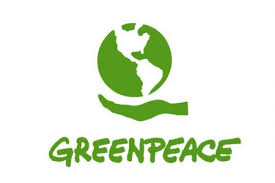A team of international scientists led by Prof. Yong Sik Ok from Korea University and Prof. Rui Xiao from Southeast University says that humanity needs to combat plastic pollution and is set to develop an effective strategy to repurpose polymeric foam in numerous sun-light powdered applications.
In a study published recently, the team of scientists revealed demonstrated a novel method to upcycle plastic foam waste into a highly adaptable, profitable, and hard-wearing material for solar energy harvesting. The process includes application in water purification, the distillation of ethanol, and cleaning up oil leakage which is a good addition to the waste-to-energy combination. The concepts of creating a circular and sustainable economy need to be accepted when tackling the global environmental crisis. Recycling, waste management, and upcycling play an important role in embracing this concept as non-biodegradable plastic waste could be completely recovered and repurposed. Other positive contributions to a sustainable society are the use of clean and renewable energy which includes processing plastic waste. Researchers have been paying close attention to the waste-to-energy combination, which incorporates technologies that can achieve waste reduction and energy production simultaneously. A pyrolysis is a common approach in generating fuels from plastic waste, including rejected polymeric foams. But, pyrolysis and other conventional ways of managing plastic waste consume energy and require high-level technical skills. Thus, the development of alternative strategies to breathe new life into plastic waste.Pros
A single application of pyrrole-coated melamine foam in water purification is that it becomes cost-effective, easily portable, and is eco-friendly. Thus alleviating serious environmental concerns in connection with increasing energy consumption and pollution. Challenges Polymeric foams are not as flammable by plainly absorbing indirect sunlight. Another method that can be used includes starting with submerging and stirring the foam in a pyrrole-containing solution for a few hours. Then following the washing and drying, the foam ends up coated in pyrrole, an organic compound with much better absorption characteristics in the solar spectrum. This then resembles a sponge-like substance that is lightweight, low cost, and durable.






